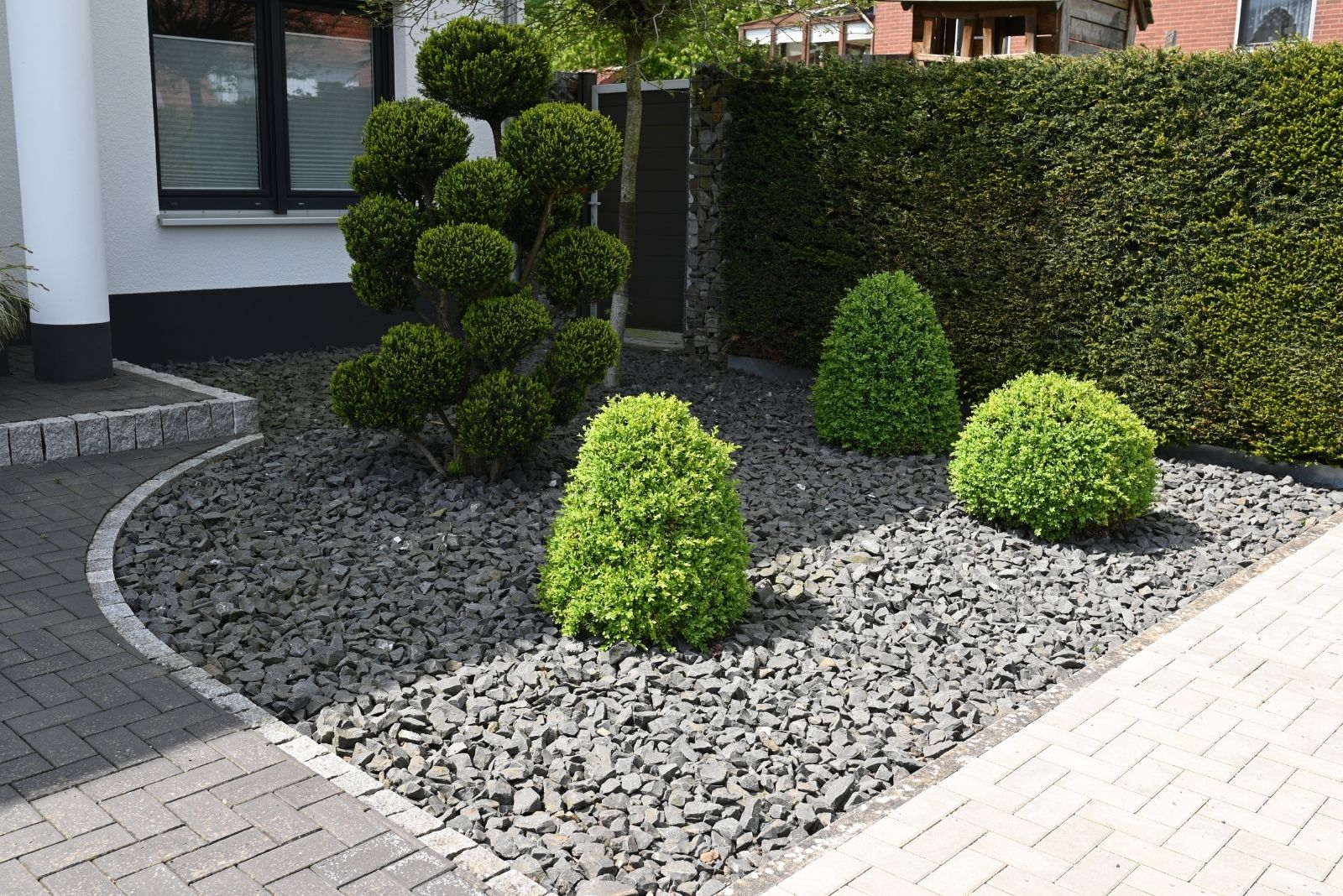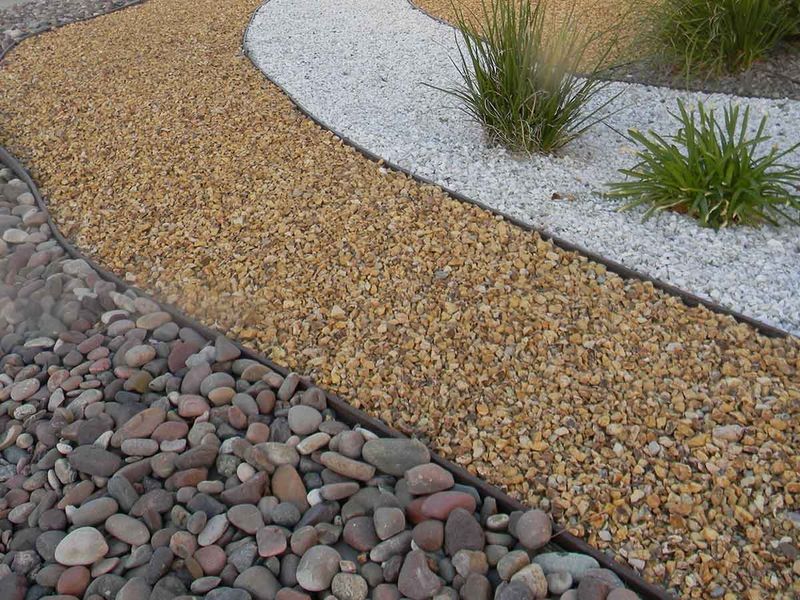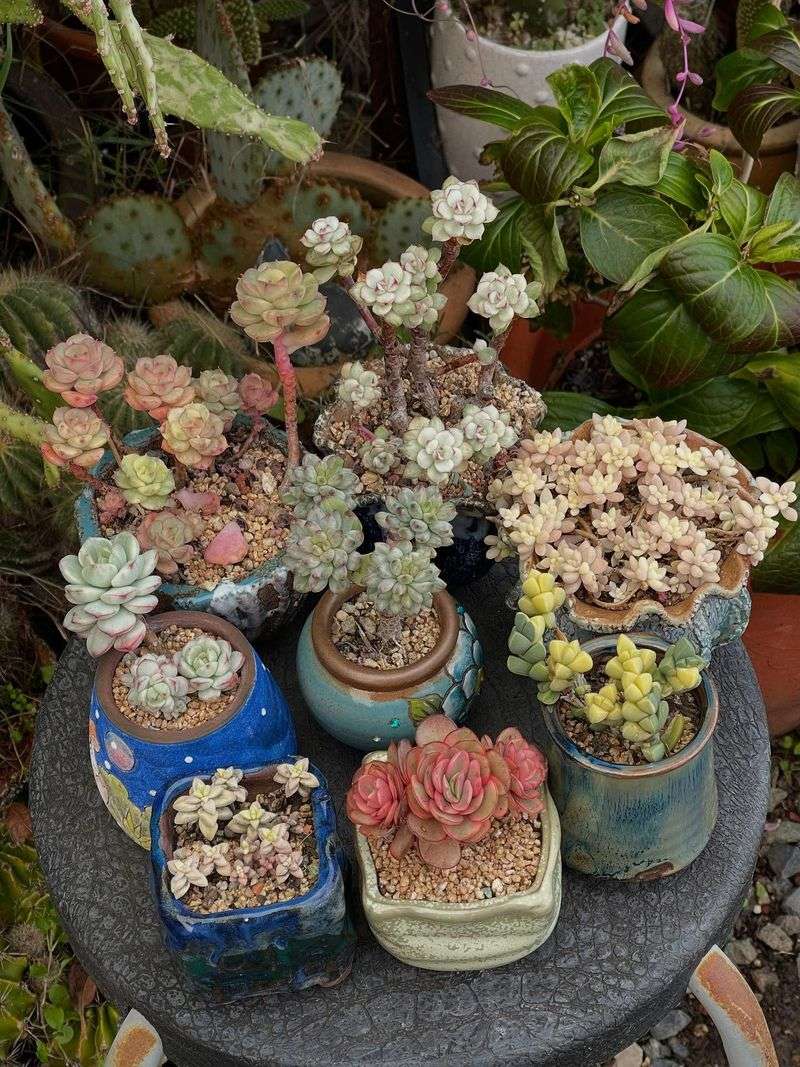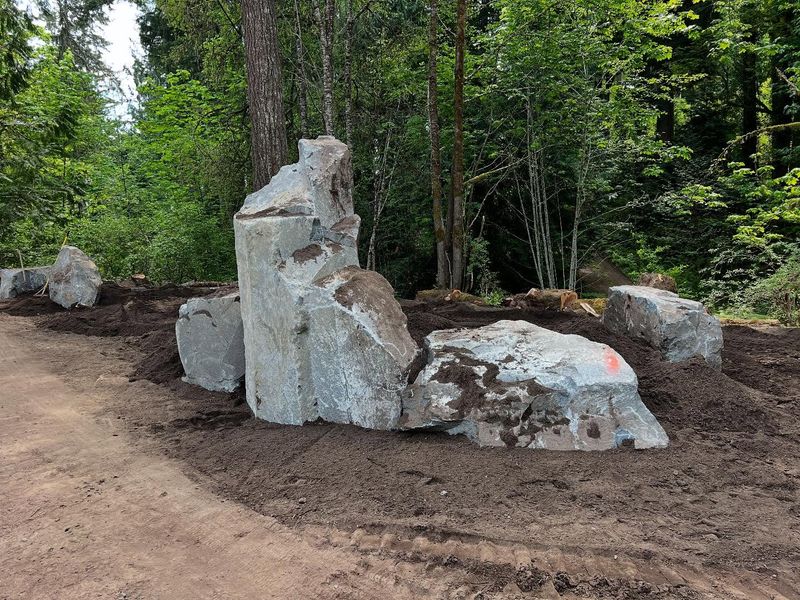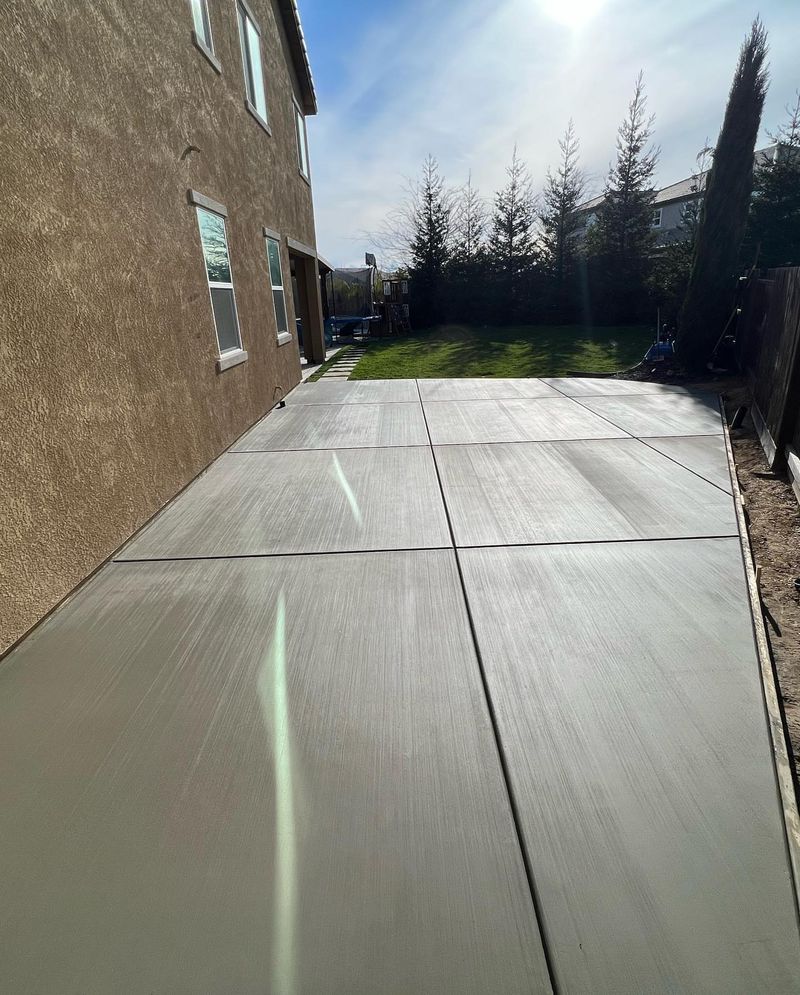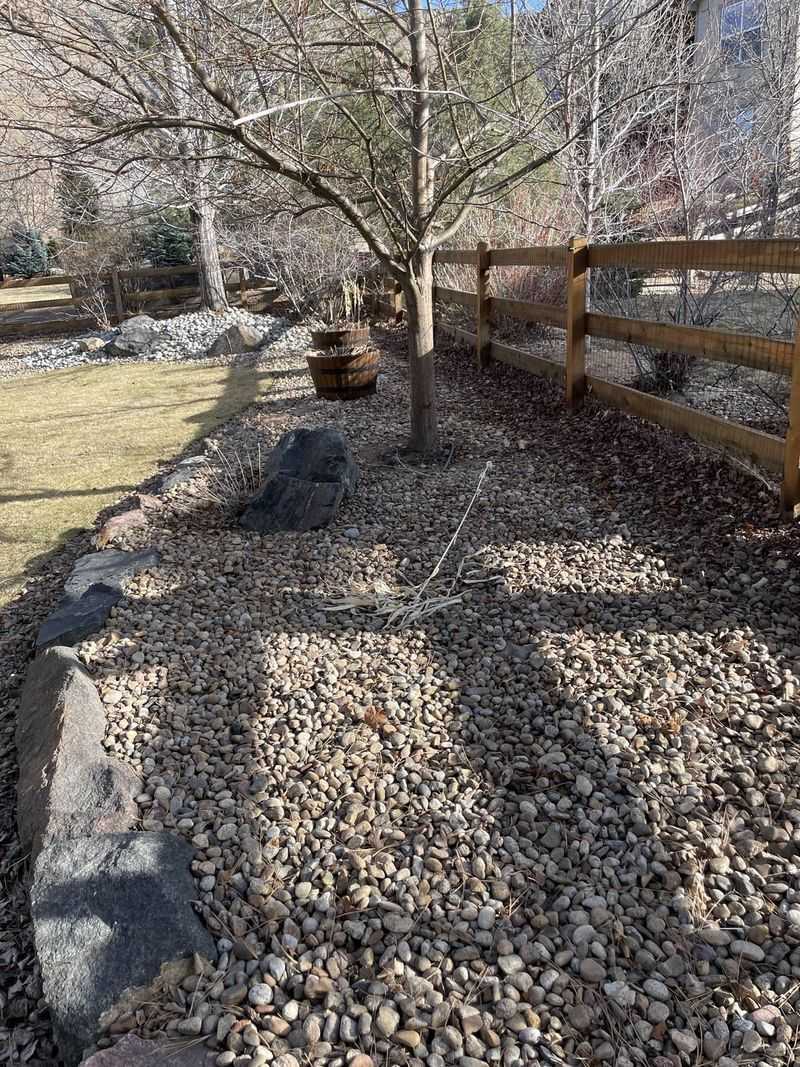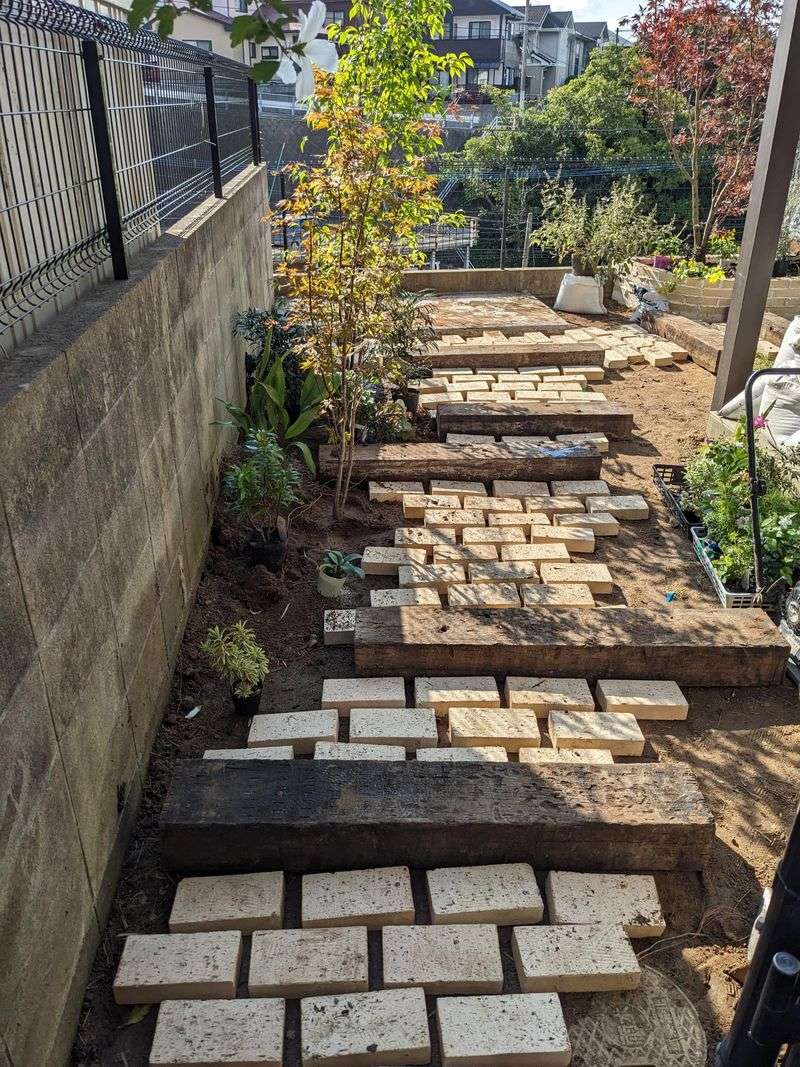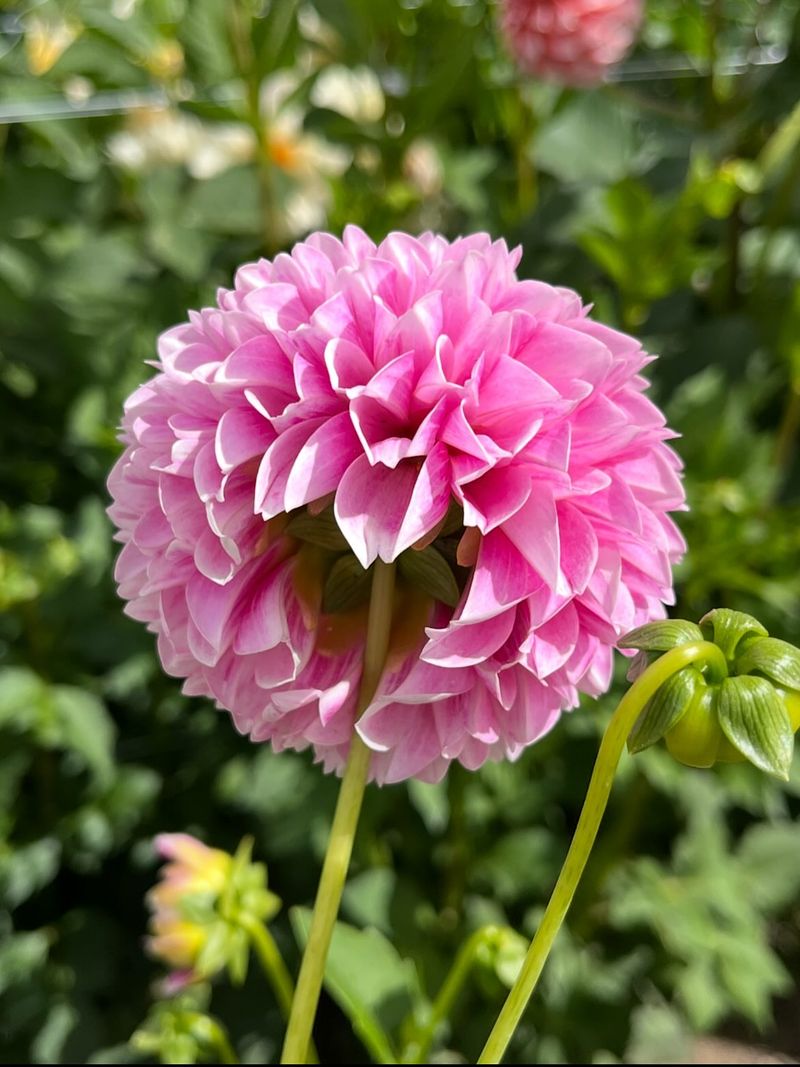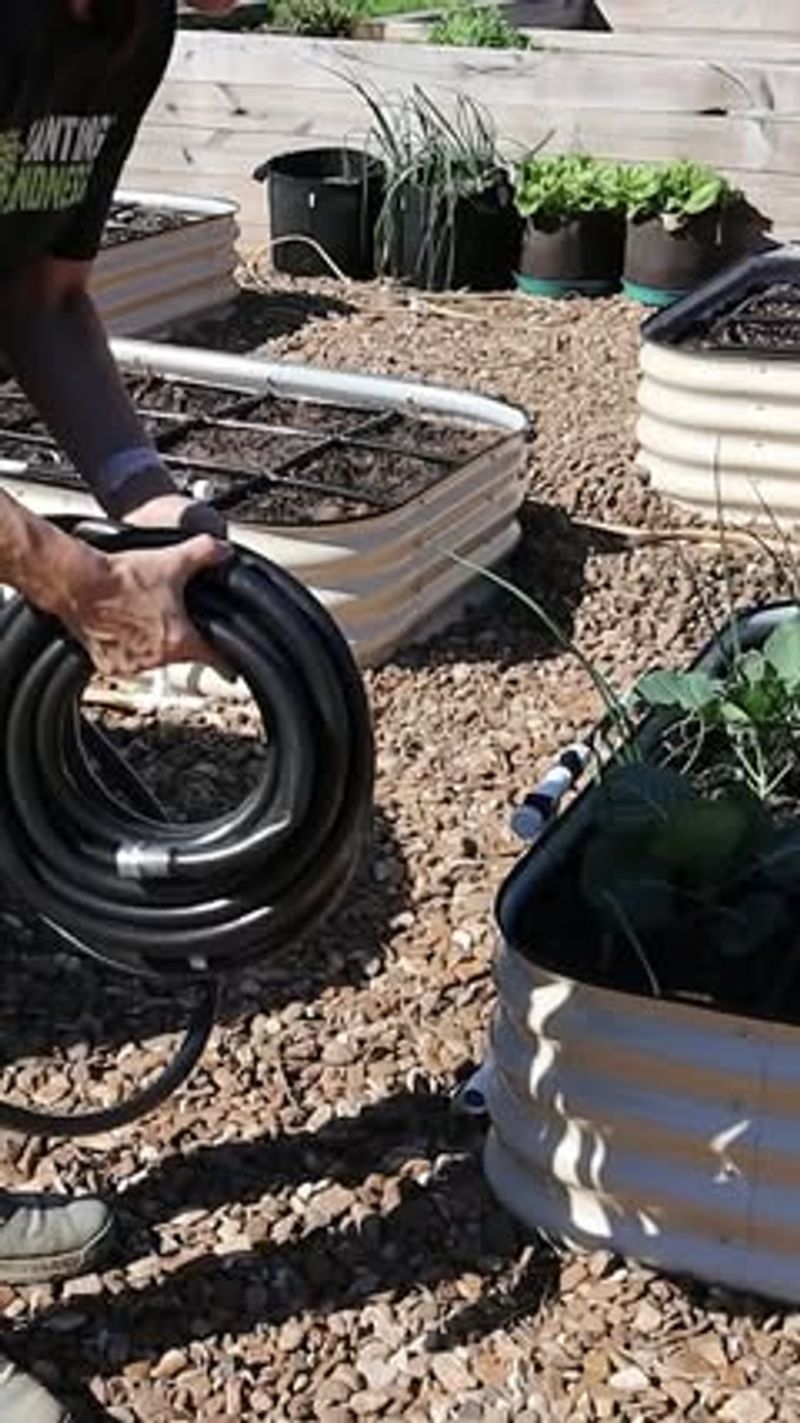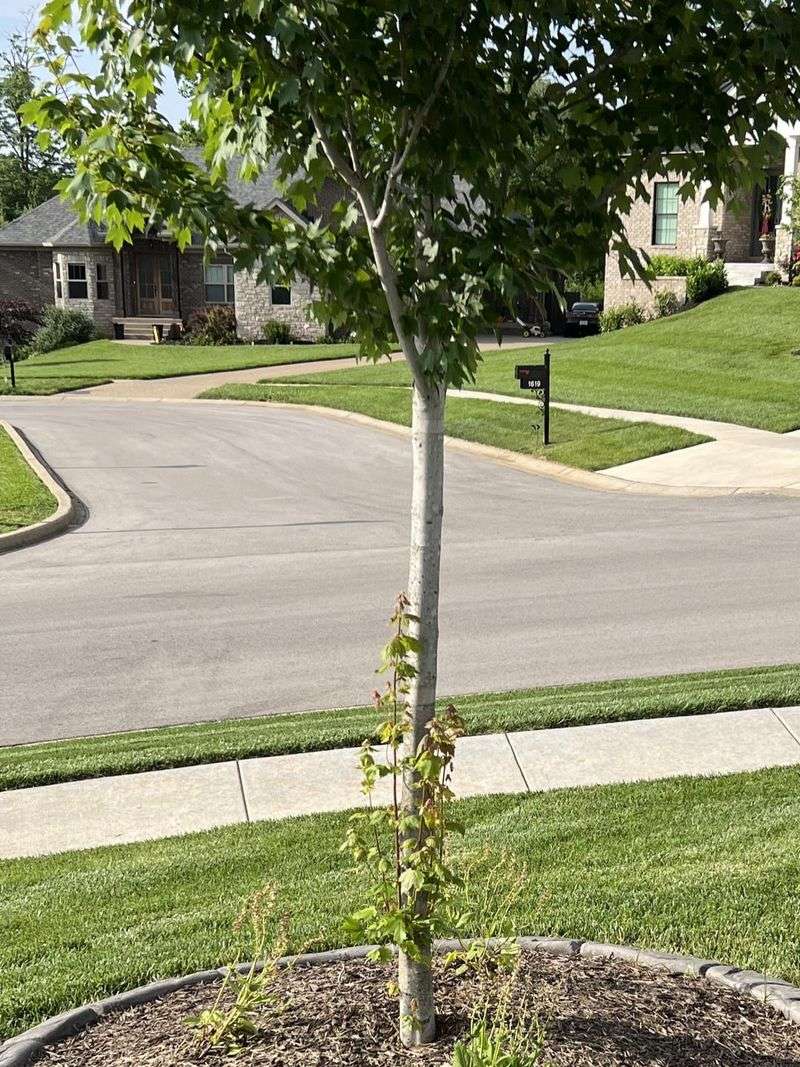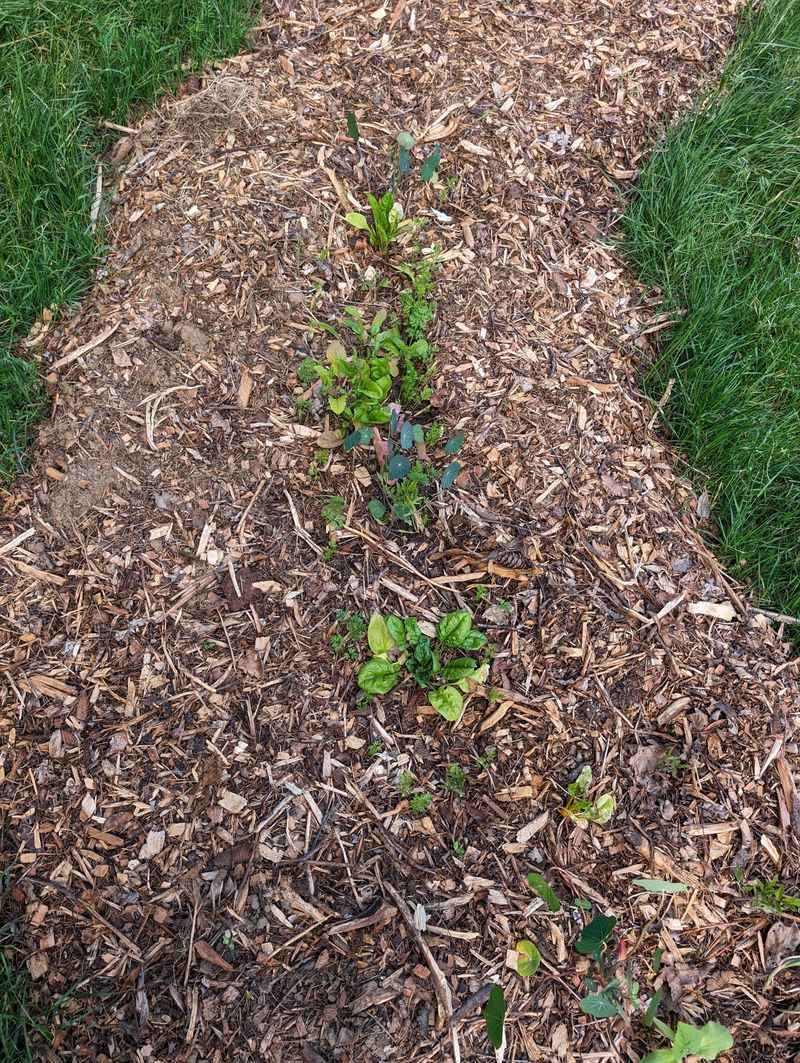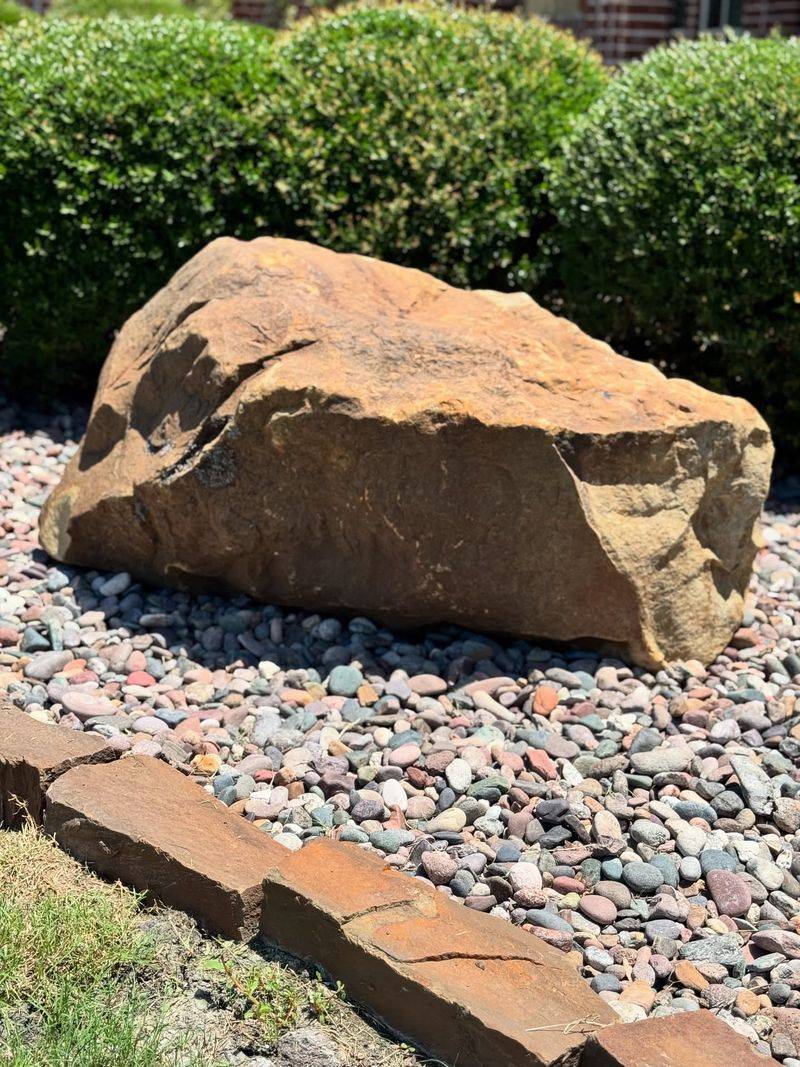Turning your Nevada yard into a water-wise oasis without grass sounds great—until the reality sets in. Many homeowners ditch the lawn, only to find they’ve swapped one set of problems for another. Desert landscaping comes with its own surprises.
Nevada’s harsh climate can be tough on trendy alternatives like gravel beds or exotic plants. Without the right planning, these choices can lead to heat buildup, soil issues, or constant upkeep. It’s not just about removing grass—it’s about choosing what works here.
With smart design and desert-friendly plants, you can still create a beautiful, low-maintenance yard. The key is knowing what thrives in Nevada’s conditions—and what doesn’t.
1. All-Gravel Expanses
Heat radiates off those seemingly practical gravel yards like a pizza oven in July. My neighbor installed one last summer and now avoids his backyard entirely during daylight hours.
The stones gradually sink into the soil, requiring constant replenishment. Plus, fallen leaves and debris become nearly impossible to remove completely.
Children and pets find these surfaces particularly uncomfortable, limiting outdoor enjoyment for the whole family. I’ve watched numerous Nevada families eventually tear out their all-gravel yards after just a few years.
2. Artificial Turf Meltdowns
Nevada’s summer temperatures can reach 115°F, causing synthetic grass to become hot enough to fry an egg. The surface temperature of artificial turf often exceeds 170°F when the air is just 95°F.
The initial appeal fades quickly when homeowners discover their expensive investment is too hot to walk on barefoot for nearly half the year.
Many families report their pets refuse to use these surfaces during summer months. After installing artificial turf in my side yard, I had to spray it with water several times daily just to make it usable.
3. Succulent-Only Gardens
Despite their reputation for hardiness, many popular succulent varieties actually struggle in Nevada’s extreme temperature swings. Winter frosts kill tropical varieties, while summer heat scorches others beyond recognition.
The Instagram-worthy arrangements seen in magazines typically feature varieties that demand more water than expected. When I planted my first succulent garden, nearly half died within months despite following care instructions.
Maintenance becomes tedious as dead plants need constant replacement. The promised low-maintenance dream garden quickly becomes an expensive cycle of buying and replacing failed plants.
4. Decomposed Granite Disappointments
The first heavy rain transforms this popular ground cover into a muddy mess that tracks into homes and stains everything it touches. After installing it in my entry pathway, I spent months cleaning rusty-colored footprints from my floors.
Strong Nevada winds gradually blow away the finer particles, creating uneven surfaces and bare patches. The material compacts over time, becoming nearly as hard as concrete.
Weeds find their way through surprisingly easily, making maintenance far more labor-intensive than promised. Most homeowners don’t realize they’ll need to replenish this material every few years to maintain its appearance.
5. Oversized Concrete Patios
The stark, prison-yard aesthetic quickly loses its appeal once installed. Without proper shade structures, these expanses become unusable during Nevada’s scorching summer months.
Concrete absorbs heat all day and radiates it well into the evening, creating a microclimate that can be 10-15 degrees hotter than surrounding areas. The glare from these surfaces can be blinding and uncomfortable.
Staining and cracking appear within a few years due to extreme temperature fluctuations. Having replaced my own backyard concrete twice in ten years, I now recommend against large concrete installations to all my Nevada friends.
6. River Rock Regrets
Those smooth, beautiful stones from the garden center quickly become scalding hot in Nevada’s sunshine. Walking across them barefoot becomes impossible from May through September.
Desert winds blow lightweight debris that gets trapped between rocks, creating a collection point for trash and dead leaves. The promised low-maintenance benefit disappears when you’re fishing out debris with your hands.
Weeds eventually find their way through the weed barrier, creating an awkward situation where they’re harder to remove than in regular soil. My attempts at maintaining a clean river rock border have required more work than my former lawn ever did.
7. Lavender Field Failures
Magazine spreads make Nevada homeowners believe they can recreate Provence in their desert yards. Reality hits when plants struggle against our alkaline soil and intense summer heat.
Water restrictions make establishing these thirsty plants nearly impossible without breaking conservation rules. Several of my neighbors have attempted lavender gardens only to watch them wither within weeks.
Even established plants rarely achieve the lush, fragrant display seen in cooler climates. The maintenance requirements to keep lavender alive in Nevada far exceed the effort of many other more suitable native options.
8. Impractical Zen Gardens
Sand-based meditation gardens quickly become neighborhood cat litter boxes. The carefully raked patterns last only until the first strong desert wind reshapes everything.
Maintenance becomes a daily chore rather than a meditative practice. After installing a small zen garden in my side yard, I spent more time chasing away neighborhood cats than enjoying its tranquility.
The stark appearance often feels out of place in Nevada’s natural landscape. Most homeowners eventually replace these high-maintenance features with something more practical and better suited to the local environment.
9. Excessive Hardscaping
Yards dominated by pavers, stones, and walls create heat islands that make outdoor living uncomfortable. Summer temperatures around these features can be significantly higher than in yards with some living elements.
The harsh appearance of too much hardscaping creates an unwelcoming atmosphere that many homeowners regret. My cousin’s all-hardscaped yard looks impressive in photos but feels like walking through a quarry in person.
Without proper drainage planning, these yards often develop serious water issues during Nevada’s infrequent but intense rain events. The installation costs far exceed most homeowners’ initial budget estimates.
10. Tropical Plant Fantasies
Palm trees and tropical foliage rarely thrive in Nevada’s climate despite nurseries happily selling these doomed plants. Cold winter nights kill sensitive varieties, while summer heat desiccates others beyond recovery.
Water requirements for these non-native species conflict with local conservation efforts. Having experimented with banana plants and tropical hibiscus in my yard, I watched them struggle despite constant attention.
The maintenance costs in water, fertilizer, and replacement plants quickly exceed what a lawn would have required. Most tropical gardens in Nevada look stressed and unhealthy rather than the lush oasis owners envisioned.
11. Inadequate Drip Irrigation
Many homeowners install basic drip systems that fail to account for Nevada’s extreme conditions. Emitters clog with mineral-rich water, and plastic components degrade quickly in intense UV exposure.
Plants suffer from inconsistent watering as systems deteriorate. The promised water savings disappear when systems malfunction, either wasting water or killing plants.
Few installers properly account for different plant needs in the same zone. My first DIY drip system was a disaster that left half my plants overwatered while others dried out completely, teaching me that proper design matters more than simply replacing sprinklers with drippers.
12. Lone Shade Tree Syndrome
Planting a single tree in a barren yard creates an underwhelming focal point that fails to provide meaningful shade or visual interest. The isolated tree often struggles without companion plants to create a supportive microclimate.
Intense sun exposure on all sides leads to bark damage and stunted growth. The tree rarely develops the full, balanced canopy seen in naturally grouped trees.
Nevada’s strong winds can easily damage or uproot these exposed specimens. After losing two expensive specimen trees to wind in my first Nevada home, I learned to create protected groupings rather than standalone showcases.
13. Insufficient Mulching Practices
Thin layers of mulch quickly break down or blow away in Nevada’s harsh conditions, leaving plants vulnerable. Many homeowners underestimate how quickly organic mulches decompose in our hot climate.
Dark-colored mulches absorb heat and can actually cook plant roots in summer. After switching from black to light-colored mulch in my garden beds, plant health improved dramatically.
Improper application around tree trunks leads to rot and insect problems. Most Nevada yards need mulch refreshing 2-3 times yearly rather than the annual application that works in milder climates.
14. Oversized Boulders And Rock Features
Massive rocks placed in small yards create an unbalanced, overwhelming appearance. These features often look artificial and out of place compared to Nevada’s natural rock formations.
Large rocks absorb heat during the day and radiate it at night, creating hot spots in the yard. The installation process frequently damages existing landscape and irrigation systems.
The high cost of these features rarely delivers the expected visual impact. After spending thousands on boulders for my front yard, I realized smaller, grouped rocks would have created a more natural look at a fraction of the cost.
15. Neglected Hardscape Maintenance
Homeowners often underestimate how quickly Nevada’s extreme weather degrades outdoor surfaces. Pavers shift, concrete cracks, and wood features warp within just a few seasons.
Stains from mineral-rich irrigation water create unsightly deposits on stone and concrete. These white marks proved nearly impossible to remove from my patio without professional help.
The cost of regular sealing, repairs, and replacement far exceeds initial estimates. Most Nevada homeowners I know spend more maintaining their hardscaping than they would have spent on a traditional lawn.

